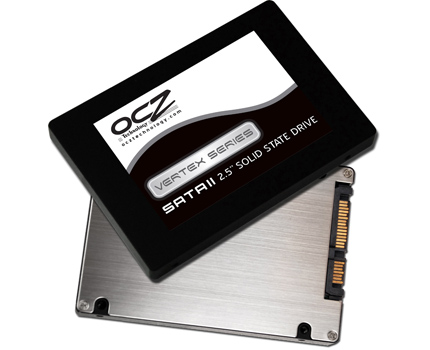When working in high-tech press, it receives regular sticks containing press releases. And after a while, we a. .. much. So we had an idea: what if we put our keys USB in RAID 0. In fact, Mac OS X allows for software RAID sets with almost anything (we return to this point shortly) so we decided to plug in USB drives on the same computer to test the RAID 0.
The connection was simple: our test machine has only three USB ports. So we commandeered USB hubs in the newsroom for our little test. We had a powered USB hub with four ports, a USB 3.0 powered hub with four ports, a non powered USB hub with four ports, a non powered USB hub with three ports and a powered USB hub with two semi-ports (the MacBook Pro 1100 mA to send an Apple keyboard, instead of the usual 500 mA).
After a few mistakes at the connections, we managed to make fifteen recognize USB keys. Indeed, some hubs have very close connections, who do not like USB sticks too big, and non-powered hubs have a little trouble to provide power to USB high capacity: it took place keys 1 GB more economical on them.
Once the keys are recognized, it was necessary to build the RAID set, which takes some time, our models are not the thunders of war writing. Obviously, a key proved defective and had to decide which was ... In the end, we managed to get a RAID 0 15 GB as USB drives had a capacity of between 1 and 16 GB and interleaving functions only using the highest common capability.
In performance is quite impressive for the USB 2.0: about 63 MB / s. It is therefore clear that the machine's USB ports are independent. Obviously, the whole is a bit bulky and the capacity obtained quite ridiculous given the effort, but at least it works ... 


The connection was simple: our test machine has only three USB ports. So we commandeered USB hubs in the newsroom for our little test. We had a powered USB hub with four ports, a USB 3.0 powered hub with four ports, a non powered USB hub with four ports, a non powered USB hub with three ports and a powered USB hub with two semi-ports (the MacBook Pro 1100 mA to send an Apple keyboard, instead of the usual 500 mA).
After a few mistakes at the connections, we managed to make fifteen recognize USB keys. Indeed, some hubs have very close connections, who do not like USB sticks too big, and non-powered hubs have a little trouble to provide power to USB high capacity: it took place keys 1 GB more economical on them.
Once the keys are recognized, it was necessary to build the RAID set, which takes some time, our models are not the thunders of war writing. Obviously, a key proved defective and had to decide which was ... In the end, we managed to get a RAID 0 15 GB as USB drives had a capacity of between 1 and 16 GB and interleaving functions only using the highest common capability.
In performance is quite impressive for the USB 2.0: about 63 MB / s. It is therefore clear that the machine's USB ports are independent. Obviously, the whole is a bit bulky and the capacity obtained quite ridiculous given the effort, but at least it works ...



No comments:
Post a Comment